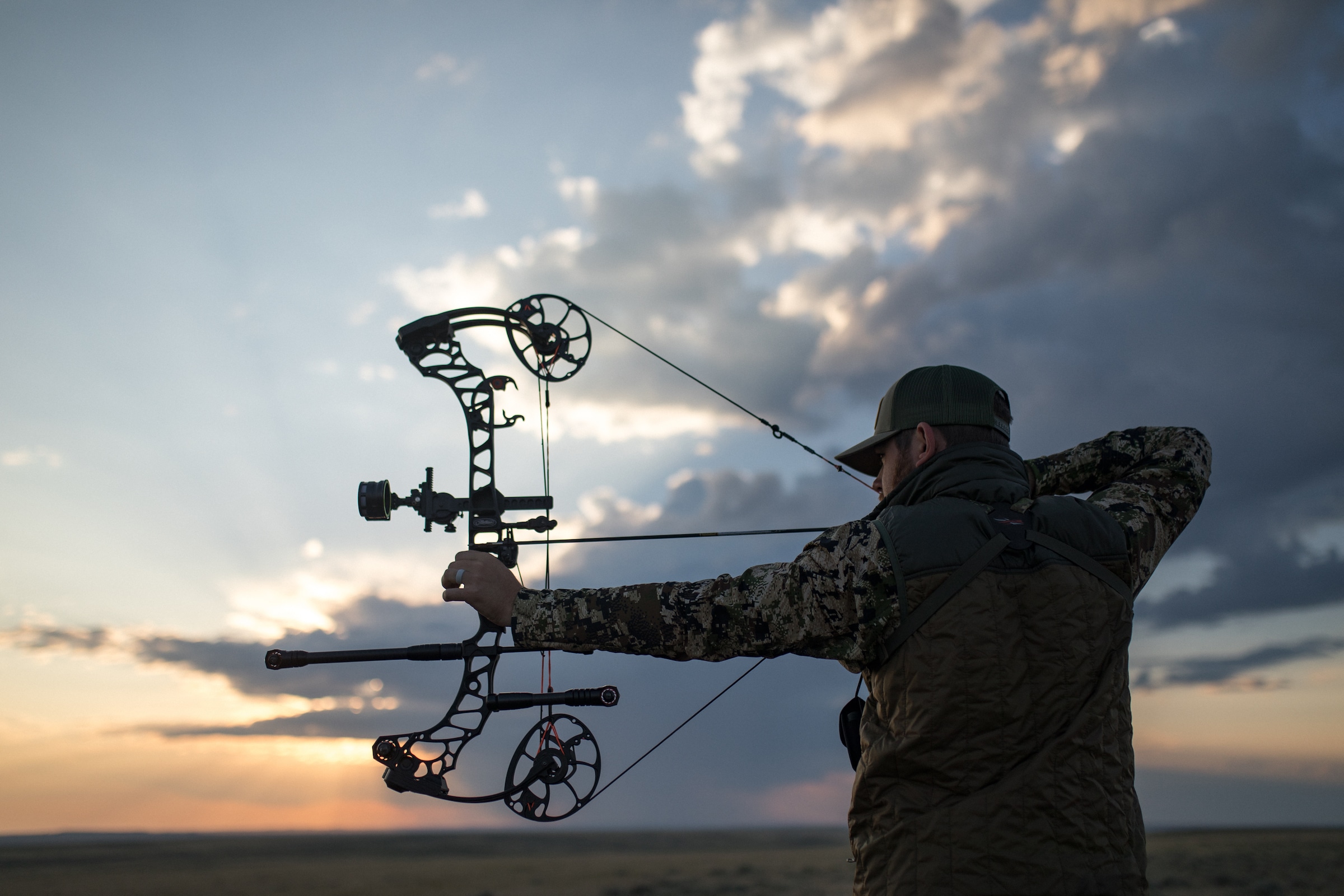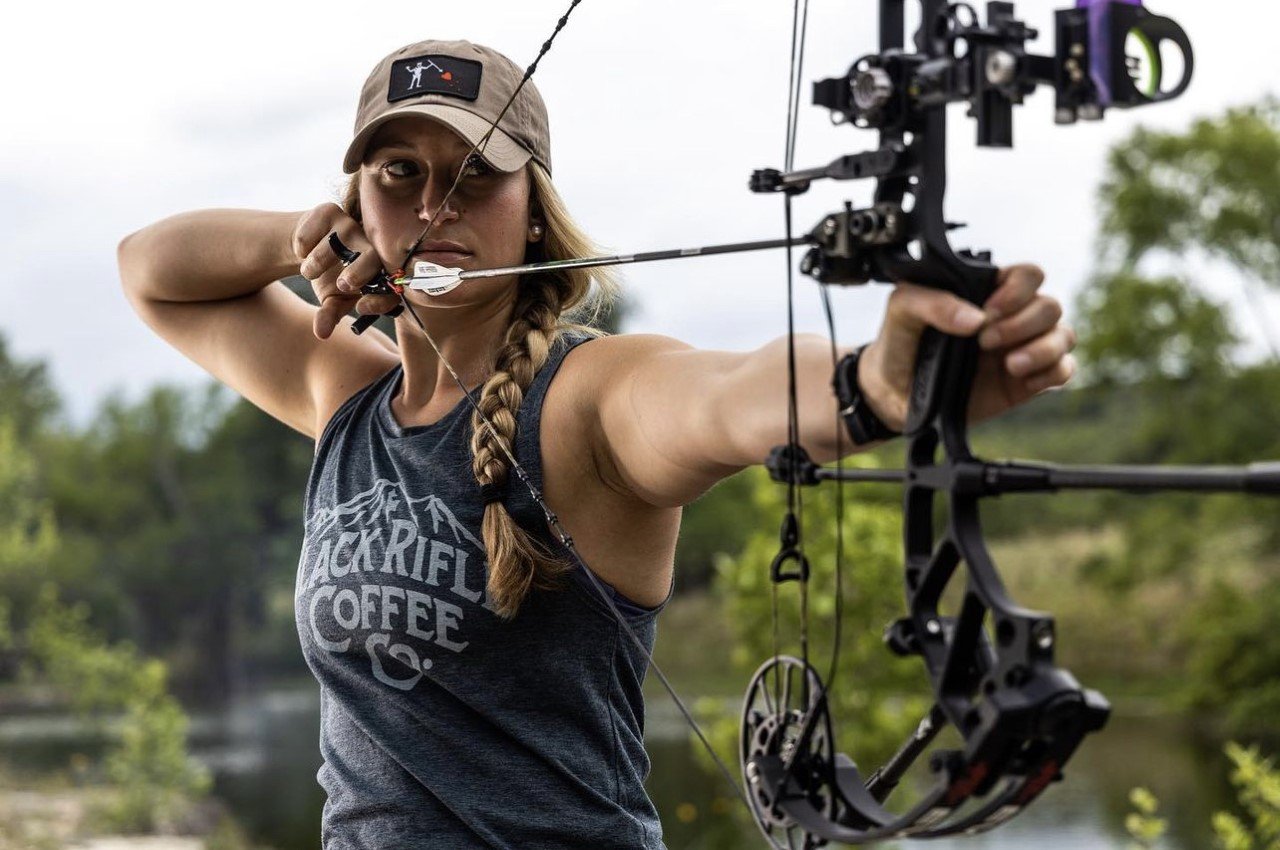Archery Stabilizer Fundamentals: Improving Your Shooting Experience
The Ultimate Overview to Choosing the Right Archery Stabilizer for Boosted Precision
Amongst the different accessories readily available, an archery stabilizer plays a significant role in enhancing accuracy. In this extensive guide, we will certainly explore the essential factors to think about when picking an archery stabilizer for boosted precision. Whether you are a skilled archer looking to update your equipment or a beginner seeking guidance, join us on this journey as we unravel the secrets to picking the excellent archery stabilizer.
Length: Finding the Optimum Stabilizer Size
Determining the ideal stabilizer size is important when selecting an archery stabilizer for optimum efficiency. The size of a stabilizer directly influences the balance, security, and precision of the bow. A stabilizer that is also long can make the bow feel difficult and top-heavy to manage, while a stabilizer that is too brief might not supply adequate security and dampening of resonances. Locating the right size calls for considering variables such as the archer's shooting design, bow weight, and individual preference.
A longer stabilizer, usually ranging from 8 to 12 inches, can supply greater security and decrease bow torque. This is particularly advantageous for archers that shoot with a high draw weight or those that tend to torque the bow throughout the shot. The added length aids to disperse the weight uniformly and counterbalance any type of torque or activity.
On the various other hand, a much shorter stabilizer, generally in between 4 to 7 inches, supplies much more ability to move and quicker response. It is preferred by archers who fire with a reduced draw weight or those who require even more movement, such as hunters or 3D shooters. The much shorter size enables for easier activity via limited rooms and faster modifications.
Ultimately, the ideal stabilizer length refers personal preference and shooting design. It is advised to experiment with different sizes and observe the effects on stability and accuracy. Consulting with skilled archers or specialists can also supply valuable insights and suggestions.
Weight: Determining the Appropriate Stabilizer Weight
After taking into consideration the ideal stabilizer size, the following important variable to think about when choosing an archery stabilizer is figuring out the suitable stabilizer weight - archery stabilizer. The weight of the stabilizer plays an essential function in enhancing accuracy and security throughout the shot
The weight of the stabilizer affects the balance and control of the bow. A larger stabilizer can offer enhanced stability and control, specifically for shooters with a propensity for inconsistent shots or unstable hands. It assists to absorb the resonances and recoil created by the bow, lowering torque and reducing the impact on the arrow's flight.
On the various other hand, a lighter stabilizer permits a quicker and much more receptive bow. It can be useful for shooters who prioritize ability to move and rate over security. Lighter stabilizers additionally lower exhaustion during lengthy shooting sessions or competitors.
To figure out the proper stabilizer weight for your demands, it is essential to consider your capturing style, physical stamina, and bow arrangement. Experimenting with various weights and observing the influence on your capturing performance is key to locating the ideal equilibrium.
Ultimately, the optimal stabilizer weight will certainly differ for each individual archer. It is suggested to begin with a modest weight and make adjustments based upon individual preference and shooting outcomes. Remember, the goal why not find out more is to accomplish a controlled and secure shot, while likewise keeping convenience and simplicity of usage.
Products: Picking the Right Products for Durability and Efficiency
When choosing an archery stabilizer, it is important to thoroughly consider the products used in its construction to ensure resilience and enhance efficiency. The choice of products can considerably influence the general high quality and effectiveness of the stabilizer.
One of the most frequently made use of materials for stabilizers is carbon fiber. Additionally, carbon fiber stabilizers are resistant to temperature level adjustments and are less most likely to warp or bend over time.
One more popular product for stabilizers is light weight aluminum. Aluminum stabilizers likewise use a vast range of customization choices, permitting archers to adjust the weight and length to suit their choices.
Some stabilizers are constructed using a combination of materials. A stabilizer might have a carbon fiber core covered in an aluminum covering. This crossbreed layout incorporates the very best high qualities of both materials, offering optimal security, longevity, and efficiency.
Design: Understanding the Different Stabilizer Designs and Their Results
Considering the products utilized in archery stabilizers, it is very important to now look into the various styles of stabilizers and their corresponding impacts. The layout of an archery stabilizer plays a crucial function in enhancing precision and minimizing resonance during the shot. There are numerous different styles readily available out there, each with its very own distinct attributes.

Another popular layout is the side bar stabilizer. This style includes attaching a brief rod sideways of the bow, parallel to the primary long pole. Side bar stabilizers help in counterbalancing the weight of accessories, such as sights or quivers, and give added security to the bow.
Some stabilizers include flexible weights. These stabilizers permit archers to fine-tune the balance and feeling of their bows by adding or removing weights. This attribute is especially helpful for archers that favor a details weight distribution or wish to explore different configurations.
Furthermore, some stabilizers include wetting innovation to minimize vibration and sound. These stabilizers commonly have resource built-in dampeners or make use of materials that take in resonances, leading to a smoother and quieter shot.

Accessories: Exploring Extra Devices for Boosted Security
These accessories are designed to work in combination with the archery stabilizer to offer an even higher level of stability and precision. One such device is the V-bar or the side stabilizer install.
One more device that can boost security is a bow sling. A bow sling is a strap that attaches to the bow and enables the archer to keep a loosened up hold on the bow manage without the worry of dropping it (archery stabilizer). This unwinded grip helps to lower muscle stress and permits a much more constant and stable shot
Additionally, a stabilizer weight system can be used to fine-tune the equilibrium and security of the bow. These weight systems normally include small weights that can be included or removed from the stabilizer to change the balance factor of the bow. By discovering the optimal equilibrium point, archers can attain a much more accurate and steady shot.
Verdict
In conclusion, selecting the best archery stabilizer entails thinking about variables such as size, weight, materials, style, and added devices. The optimal stabilizer length and weight will certainly depend on specific preferences and shooting style.
Determining the suitable stabilizer length is important when choosing an archery stabilizer for optimum efficiency. A stabilizer that is too long can go make the bow really feel tough and top-heavy to manage, while a stabilizer that is also brief may not give adequate security and dampening of resonances - archery stabilizer.Taking into account the products made use of in archery stabilizers, it is essential to currently delve into the different styles of stabilizers and their corresponding effects. Side bar stabilizers assist in counterbalancing the weight of accessories, such as quivers or sights, and provide additional stability to the bow
These weight systems commonly are composed of small weights that can be included or eliminated from the stabilizer to readjust the equilibrium factor of the bow.